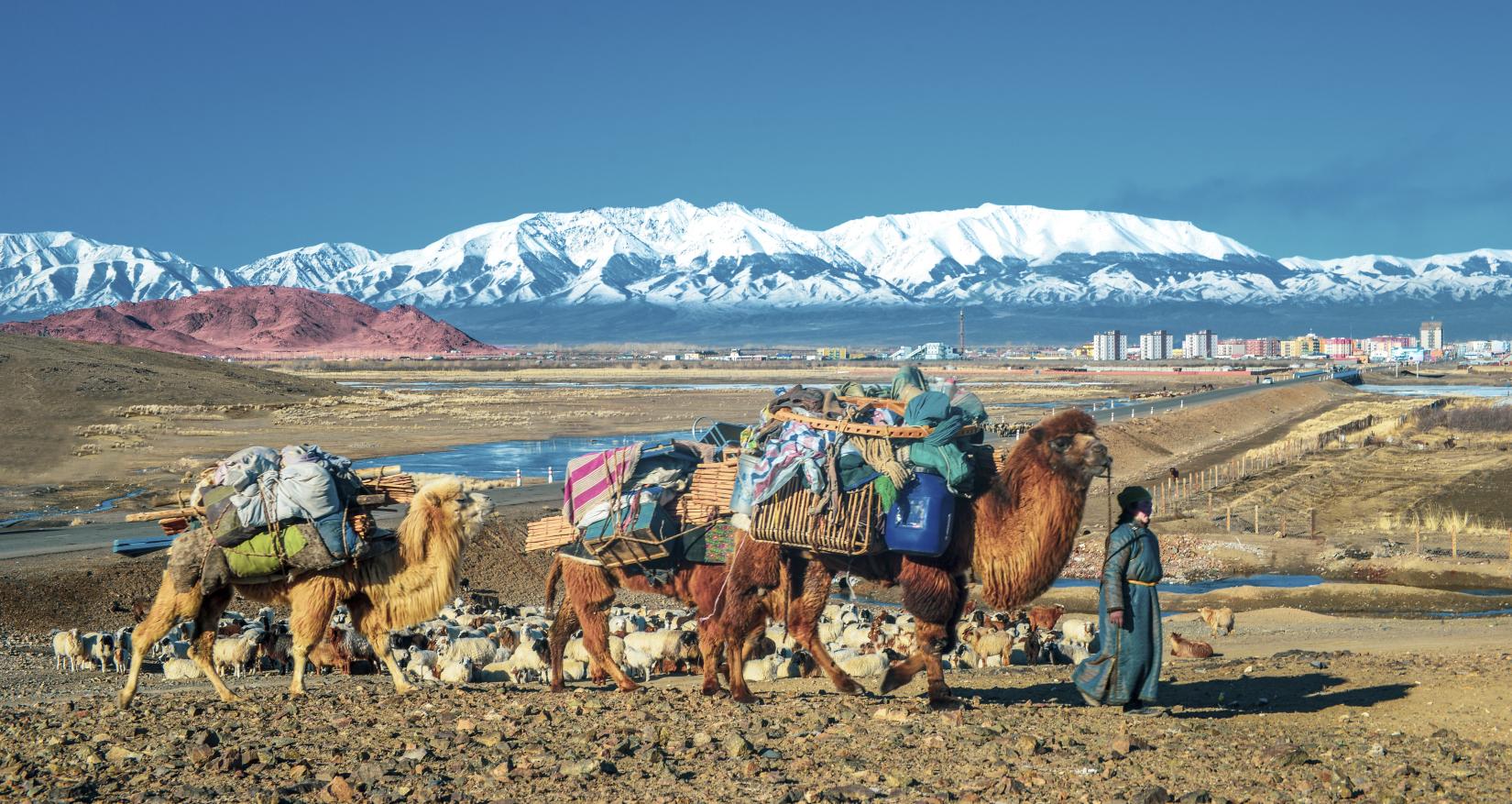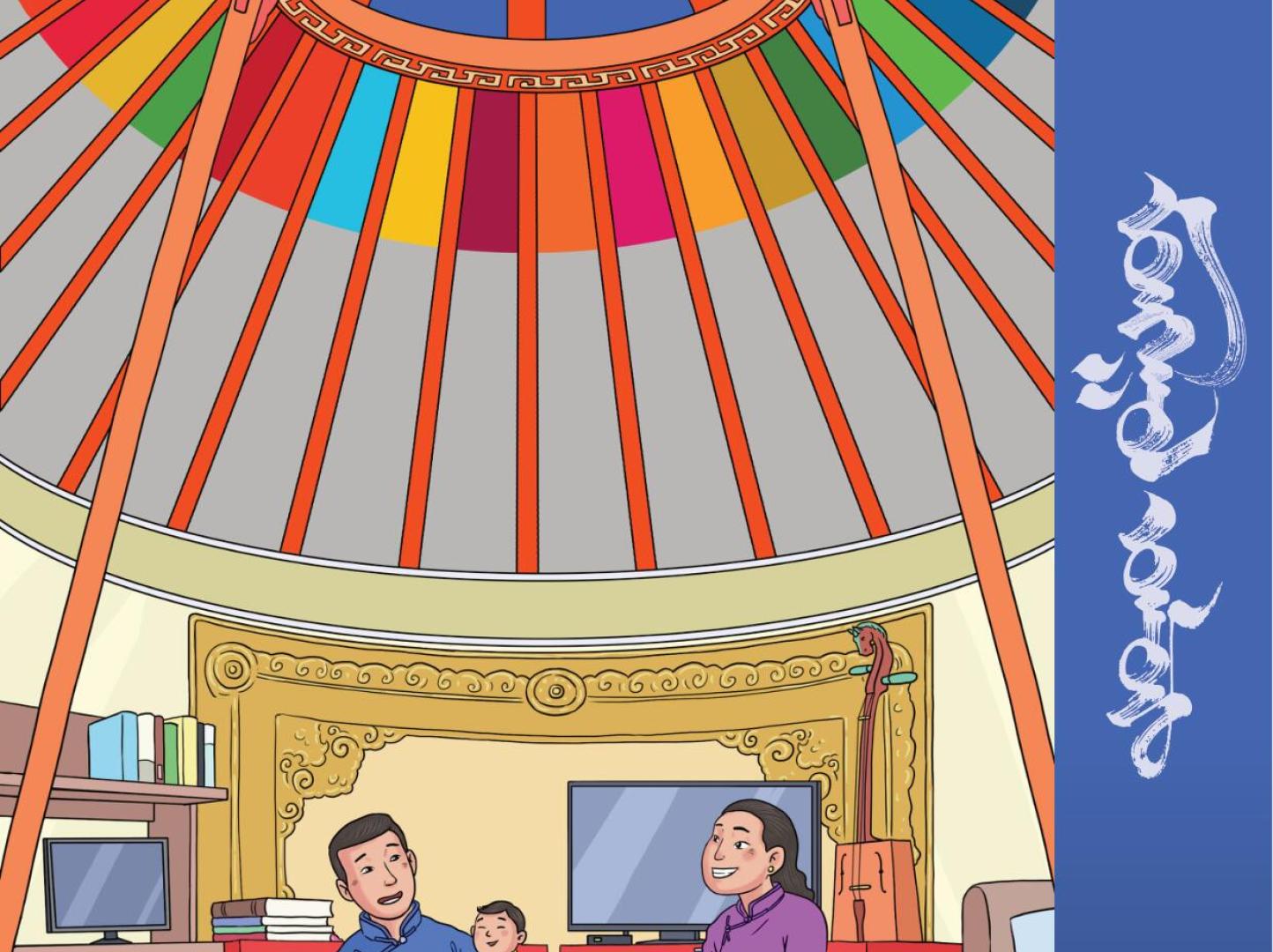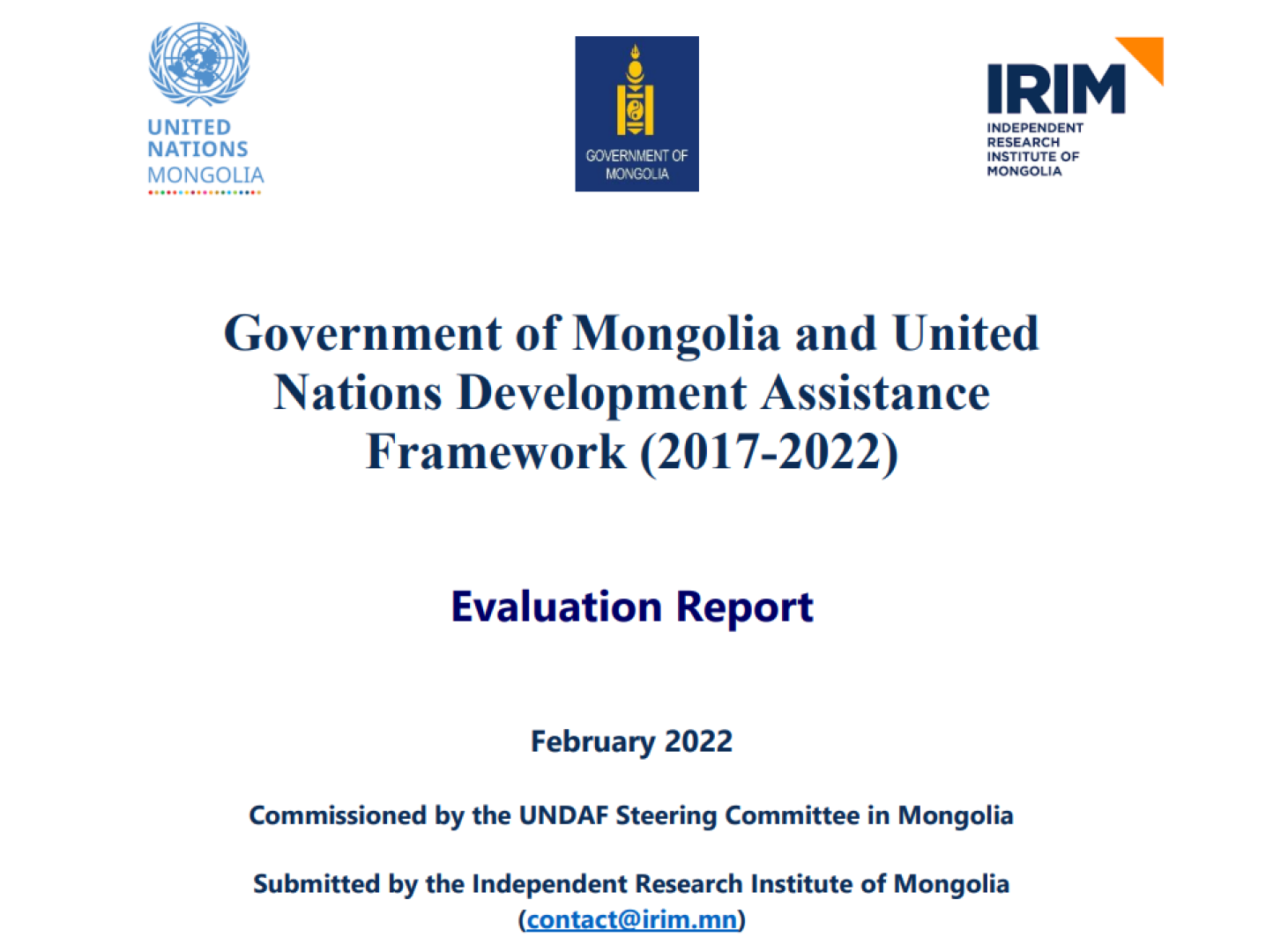Mongolia joined the United Nations in 1961. Over the past six decades, the relationship between the UN and Mongolia has matured into a strong and mutually beneficial partnership.
Upon successful completion of the UN Development Assistance Framework (UNDAF) 2017-2022, the UN system in Mongolia launched, in 2023, a new phase of its development cooperation framework with Mongolia, known as the UN Sustainable Development Cooperation Framework in 2023-2027 that will guide UN system support to Mongolia on its path to prosperity.
The UNSDCF is closely aligned with the national development agenda as articulated in Vision 2050 and Mongolia’s international commitments under the 2030 Agenda for Sustainable Development. The UN in Mongolia consists of 24 agencies, both resident and non-resident, that contribute to Mongolia’s sustainable and inclusive development under the strategic priorities of the UNSDCF:
- Human Development and Well-being;
- Green, Inclusive, and Sustainable Growth
- People-centred Governance, Rule of Law, and Human Rights
The country has made significant progress in all three dimensions of sustainable development: economic, social, and environmental. It has made rapid economic growth and considerable progress in achieving most of the SDGs, in particular in gender equality, sustainable cities and communities, and climate actions, however, there is a regress in SDG 1: Poverty reduction since 2015 (2022).





















